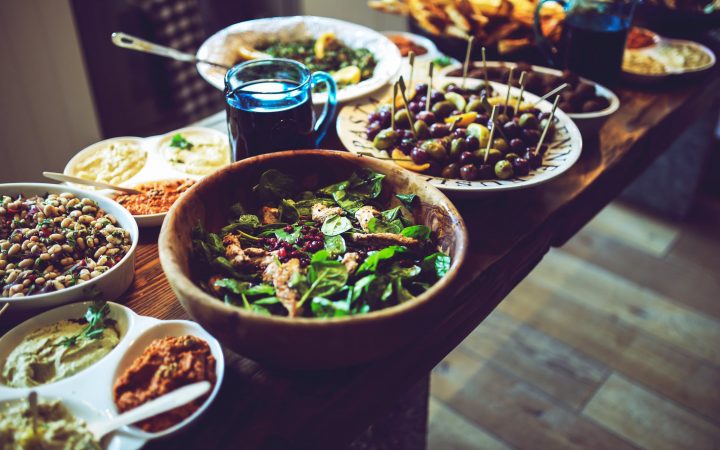Turkey, gravy, sweet potatoes, rolls, pies, stuffing, cornbread, wine, beer… the gluttony of Thanksgiving is upon us once again. But I’m not here to tell you what you think I’m going to tell you. I’m not here to lecture you on the danger of simple carbs and or the threat of rich sauces. In fact, as a healthcare professional, I’m here to tell you to go ahead and enjoy your Thanksgiving feast. It may surprise you that someone in healthcare would condone this behaviour, but it’s only one day of the year and everyone participating knows that they’re dumping their bodies with sugar. What concerns me is the sugar that you consume on a regular basis that you aren’t aware of. Let me tell you more about that.
Sugar is necessary for our brain and bodies, but it’s not something you need to go out of your way to find. Even if we don’t eat the white powdery sugar, we find sugar in other products that end in “-ose.” For example, lactose is in milk and fructose is in fruit. These sugars feed our cells, and once our cells have had their fill we store the excess in our livers, and once our liver has its fill, we store the rest as fat. So, a little bit of sugar — taking into consideration its many forms — is not inherently bad; it’s when we eat too much of it that it can lead to obesity, high triglycerides, fatty livers, and diabetes.
Unfortunately, many forms of sugars are often not obvious in our foods. Sugar is used to provide flavour and texture to foods, preserve foods, decrease acidity, ferment and help increase the bulk of foods. When it’s used in these different ways, it’s not labelled specifically on the label as “sugar.” Instead, you see it disguised as high-fructose corn syrup, cane juice, cane syrup, crystal dextrose, anhydrous dextrose, honey, fruit juice concentrate, and molasses. This makes it hard to track how much sugar you’re taking in.
So here’s a guide to reducing your sugar consumption on a daily basis. Look at the label. Ingredients are listed in the order of weight. If sugar (fructose, glucose) or one of its codewords is near the top of the list, then you know the item is laden with sugar and should be avoided. However, an even better way of avoiding these sneaky sugars is to eat a diet with more whole foods, where no added sugars are lurking (read: no weird ingredients on the label).
One of the dangers of sugar is that it’s hiding in foods that we buy regularly. Of course, when you’re checking out a new food, you will probably read the label. But what about foods you buy all the time? When’s the last time you checked if your favourite cereal is really as healthy as you remember? Every once in a while, check your staples to see if they’re as good for you as you think. Surely you’ll find that you can switch out some of them with healthier alternatives.
So on Thanksgiving, enjoy your food, family, and friends. But when it’s over, pay some attention to what you eat on a regular basis. Happy Thanksgiving!
